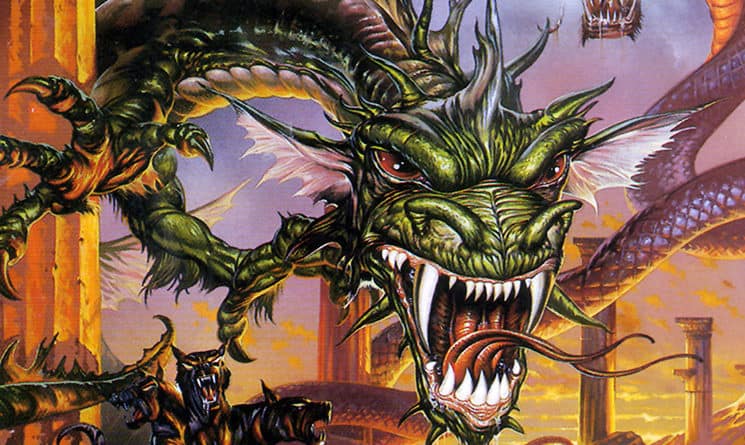Rediscovering video games of the past
“The Battle of Olympus”
(Brøderbund, 1989)
When “The Legend of Zelda II: The Adventure of Link” was released in December 1988, it had been almost three years since its predecessor had caused a gaming frenzy. The Zelda games were instantly recognizable thanks to their shiny, golden cartridges – and they were the alternative to “Super Mario Brothers.” Once families tired of jumping on mushrooms, they graduated to the swords, spells, and dungeon mapping of Nintendo’s nascent franchise.
The arrival of “Link” saw long lines and sell-outs at stores around the country. Gamers diving into “Link” for the first time were surprised. Though a graphical upgrade from “Zelda” and just as addicting, “Link” traded the first chapter’s trademark top-down view for a more traditional side-scrolling adventure, in the vein of “Castlevania.” And borrowing from “Final Fantasy,” “Link” featured role-playing game elements like experience points and detailed maps. The game was a success, but future titles in the franchise reverted to the style of the original game, abandoning the features that made “Link” a popular, but unusual, hit.
A year later, Brøderbund, a company that had made its name on the minor Atari hit “Spelunker” and the massively popular “Carmen Sandiego” computer game franchise, tried its hand at a NES RPG with “The Battle of Olympus” – a game nearly identical to “Link” in gameplay and graphics.
Playing the Link role is Orpheus, and in Zelda’s stead is Helene, kidnapped by the villainous Hades. Though not mythologically accurate, Brøderbund likely replaced Orpheus’ wife Eurydice with the character of Helene so as not to scar their potential audience with good old-fashioned Greek tragedy. “There’s no point in playing this game as your true love is eternally trapped in the underworld and it’s all your fault” is a tough sell.
Still, “Olympus” shines with most of its locations and depictions of gods and monsters, especially when compared to previous myth-lite NES entries such as “Athena” and “Kid Icarus.” Orpheus’ quest to save Helene requires him to curry the favor of assorted deities including Zeus, Poseidon, and Ares. Finished tasks reward Orpheus with key power-ups and weapons. Poseidon’s ocarina (take that, Zelda!) calls dolphins that help you travel from Laconia to Crete. Apollo’s harp summons a Pegasus to give you yet another travel upgrade. Mythological mainstays like the Cyclops, Medusa, and the Minotaur must all be defeated in the quest to reach Helene.
“Olympus” also features one of the strangest items/abilities seen in any Nintendo game: the Sandals of Hermes. Previously impassable zones can now be explored with these super sandals as Orpheus jumps to the top of the screen and clears the levels by playing upside down. I think I missed that chapter in Edith Hamilton’s “Mythology.”
“The Battle of Olympus”, a spiritual successor of the early years of the Zelda franchise, is a challenging, intelligent, and fun game. Unfortunately, due to the licensing limbo of its original publisher, “Olympus” has never turned up on the Wii Virtual Console, making an already underrated game that much more obscure.
Hidden Gem or Total Junk:
Hidden Gem

